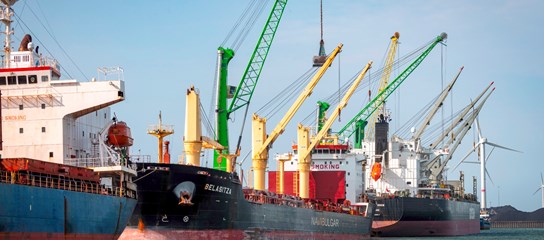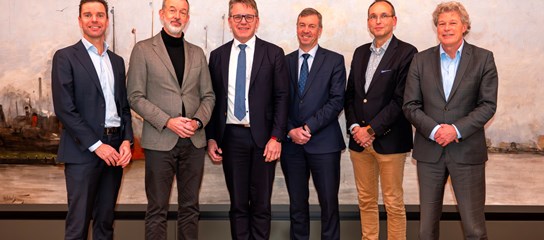Freight transport by barge between North Sea Port and hinterland increases to 60%
As a multimodal port, North Sea Port is strongly committed to sustainable transportation. For the fifth time, the port has conducted research on the transportation options used by companies (in 2022) to transport goods (inbound and outbound) to the hinterland.
The survey revealed that 60% of goods are transported using the inland waterways, an increase of no less than 6% over five years. That figure includes both loading and discharging of barges.
Road transport accounts for 28%, with the share of rail remaining at a 10% despite cost increases. Transferring cargo from a vessel to another vessel or mode of transport – otherwise known as transhipment – accounts for 2%.
"The real progress for sustainable transport is in the share of inland navigation. 60% is pretty unique. These figures from the modal split survey show that the companies and shipping companies in North Sea Port are continuing to back inland navigation", says Daan Schalck, CEO of North Sea Port.
Further developing inland navigation and rail
North Sea Port is actively pursuing a "modal shift" toward sustainable transport via inland waterways and rail. The cross-border port area has an extensive network of hinterland connections, lying as it does at the intersection of European transport modes including inland shipping, rail and road transport and a number of European transport corridors.
Inland waterway transport will increase further with the completion of the Seine-Scheldt project, which will allow barges with a carrying capacity of 4,500 tons to travel as far as Paris.
As far as rail developments are concerned, the port is working with rail operators ProRail and Infrabel on projects including a new connection on the east bank between Axel in the Netherlands and Zelzate in Belgium, a new south-east curve in the track east of the Sluiskil bridge and new access to the north, towards the Netherlands, from the marshalling yard at Kluizendok.




